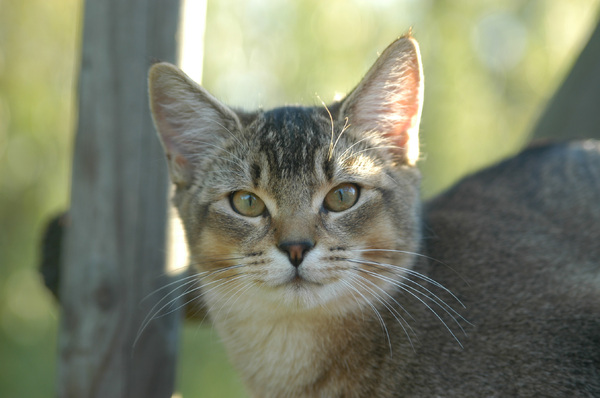
Cat litter and litter boxes play a critical role in the lives of both cats and their owners. From the simple starts of sand and soil to the innovative improvements these days, the world of cat litter has evolved considerably. In this detailed guide, we look into every element of cat litter and litter boxes, exploring their history, types, benefits, challenges, and everything in between.
The history of cat litter dates back centuries, with ancient civilizations using sand, soil, and even ashes as primitive litter materials. Nevertheless, it wasn't until the mid-20th century that modern cat litter as we understand it emerged. In 1947, Edward Lowe introduced the world's very first business cat litter made from absorbent clay, revolutionizing the way cats relieved themselves indoors. Since then, cat litter has undergone many improvements, with the intro of clumping litter, silica gel litter, eco-friendly alternatives, and more.
Today, feline owners are ruined for choice when it comes to selecting the right litter for their feline buddies. Standard clay litter stays popular for its cost and effectiveness in absorbing odors. Clumping litter, which forms strong clumps when wet, streamlines cleaning and maintenance. Silica gel litter, composed of extremely absorbent silica crystals, uses exceptional odor control and longevity. Eco-friendly alternatives, such as recycled paper, wood pellets, corn, and wheat, attract environmentally mindful customers.
Each type of cat litter offers unique benefits. Clay litter excels in its ability to soak up wetness and control odors, making it a reputable choice for lots of feline owners. Clumping litter simplifies day-to-day scooping and extends the time between complete litter modifications. Silica gel litter offers exceptional smell control and can last longer between replacements. Biodegradable litters use a sustainable option that minimizes ecological impact.
While cat litter boosts indoor feline hygiene, it is not without its challenges. Dust from clay litter can posture respiratory threats for both cats and human beings, prompting the popularity of dust-free options. Some cats might develop litter box hostility due to problems with texture, aroma, or cleanliness, necessitating experimentation with various litters and box configurations. Multi-cat families may need strategic litter box positioning and frequent upkeep to prevent territorial disagreements and guarantee all felines have access to clean centers.
Selecting the proper litter box is important for promoting favorable litter box practices and total feline well-being. Aspects to consider consist of size, accessibility, and design preferences. Covered EcoFriendly Litter Boxes litter boxes supply personal privacy and assistance consist of odors, however some cats might find them restricting or daunting. Open-top litter boxes offer easy gain access to and visibility but may lead to more litter scatter. Automatic self-cleaning litter boxes streamline upkeep however require routine tracking and upkeep.
Appropriate litter box upkeep is vital for ensuring a clean and welcoming environment for both cats and their owners. Daily scooping eliminates waste without delay, reducing smell and preventing litter box aversion. Regular litter replacement, normally every 1-2 weeks, prevents bacterial buildup and preserves optimum absorbency. Thorough cleaning with moderate cleaning agent and water, avoiding extreme chemicals that might deter felines from utilizing the box, ought to be performed monthly.
Cat litter and litter boxes cat litter box enclosure play a main function in promoting a healthy and unified relationship in between felines and their human companions. With a diverse variety of litter alternatives and litter box styles available, cat owners have the flexibility to tailor their options to match their cats' preferences Litter Box Liners and home requirements. By comprehending the advancement, types, advantages, and challenges of cat litter and litter boxes, pet owners can provide their feline buddies with a comfy and sanitary indoor environment.